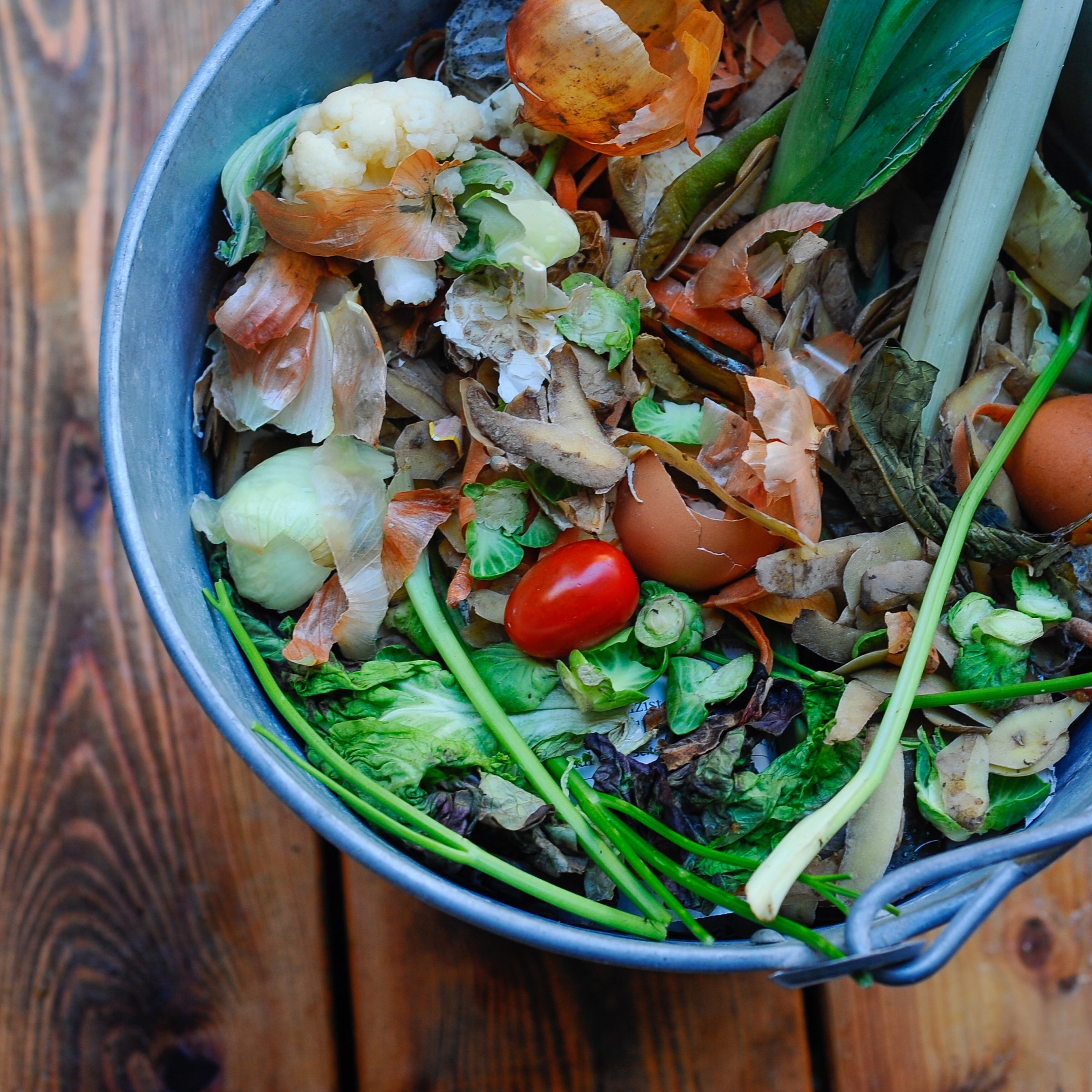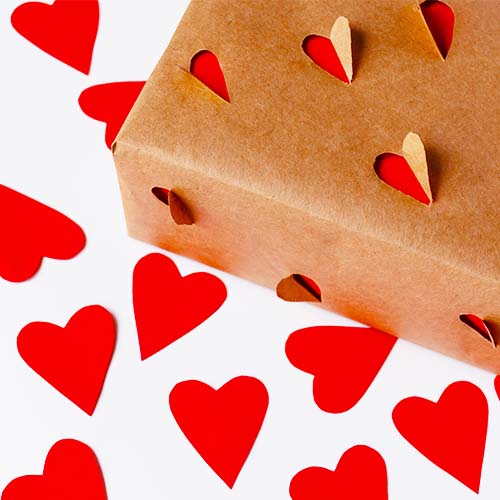We get it – we’re all conditioned to think that new is best. We’ve got YouTube littered with unboxing videos, and ‘new car smell’ is an actual scent.
But new things - especially cheap new things - are part of why the world is suffocating in rubbish.
We applaud your efforts to buy ethically, from companies who work hard to protect their world. But if you really want to be an eco-warrior, you need to start hitting the second-hand shops.
If you take your time, op-shopping (thrifting) can be very therapeutic. It also means that anything you take home and use is doing the earth a double-whammy favour. You’re saving something from being thrown in landfill - tick. You’re also not buying something new, which takes all those resources to produce, and will eventually end up in landfill anyway - tick. To give you perspective on that impact, it takes about 20,000 litres of water to make a single T-shirt and a pair of jeans.
I love buying second-hand for its own sake. I’ve found so many treasures: pottery, bikes, clothes, handmade bags and belts and so much more. It’s not just about nabbing something beautiful for cheap, but also that thrill of recognizing something other people have overlooked. It’s like birdwatching, only better. The added bonus is that second-hand clothes mean you’re never in danger of turning up in the same outfit as the next person.

How to get into second-hand
In my last year of high school, I set myself a challenge: I wasn’t going to buy anything new at all. My ball gown, my shoes, my leavers’ dinner outfit - all of it was preloved. I saved a ton of money, and no one even noticed. That year set me up with some really good habits, tips and tricks to make second-handing easy, and fun.
Have a plan
Plenty of people go out there with absolutely no clue of what they need or want - and that’s not surprising. ‘Going shopping’ is a pastime - you’re generally just there to be entertained by curated newness, rather than to fill any particular need. Retailers are so good at their jobs that you can spend two hours at the mall and somehow end up with a whole new wardrobe.
Second-hand shopping needs to be approached differently. Here’s how:
- Know what’s in your wardrobe or house so you know what’s missing
- Wear comfortable clothes that are easy to get on and off
- Come armed with a water bottle, snacks and reusable shopping bags
- Preload the antihistamines, if you’re sensitive to hay-fever
- Online, set up searches for the things you’re looking for
Buy what you need, not bargains
You know what bargains you don’t actually need are called? Rubbish. Here’s how to end up with something you’ll actually use:
- Check for stains or rips - ask for photos online
- Online, check out what other people are asking about, and make sure you have that info too
- Find out what it’s made of - if it’s low-quality material, it’s probably not a bargain
- Ask about the returns policy and warranties
- Double-check sizing with real measurements or by trying on - sizes change over time and between brands
Buy quality
Choose products that you know are made from quality material and fibres. If you recognize a good brand on the tag, even better.
Avoid bidding wars
Don’t get caught in the hype. You might think that’s the fridge of your dreams, but there will be other dreams and other fridges. Leave the bidding war, and look for something else. Make sure you know exactly what it is you are after, and how much you’re willing to spend.
Ask for a price drop
Kiwis aren’t used to bartering, so don’t be scared to ask for a discount.
Be wary of online scams
A couple of years ago, I ‘bought’ a bomber jacket off Facebook. After sending payment confirmation, hey presto! They stopped answering me and deleted their profile. I’ve been on high alert ever since.
Using proper platforms like Trade Me, Gumtree or Ebay is important - they have good protections in place.
Ask for plastic-free
If you’re buying online, ask if they can ship plastic-free - people are usually happy to oblige.

My favourite second-hand haunts
Your local charity shops are always a good place for a browse, but I also love:
- Trade Me - Gumtree and eBay are international equivalents
- Local vintage sellers on Instagram
- Second-hand markets (my local fave is Thrifty Nifty)
Shopping can save the world
Who knew shopping could be so ethical? To me it’s a quadruple win that’s hard to beat. So, who else loves an op-shop? What are your tricks of the second-hand trade?




